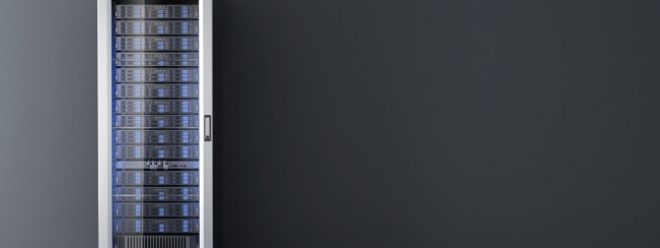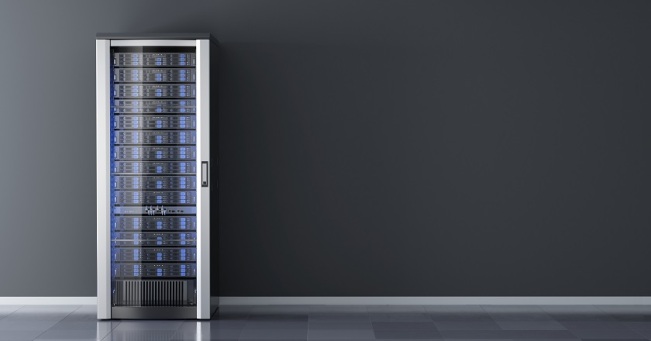Promoting the eight green environmental protection calculations

Companies in all industries and all regions must make green
data centers a priority. You can consider the following 8 steps to make your
data center more sustainable-from a business perspective and an environmental
perspective, this is an important task.
In order to build a more environmentally friendly data
center, you need to study the power and resource usage of the facility and
understand what potential changes can have an impact. You can take some steps
to build a more sustainable data center, such as replacing inefficient assets
with newer ones, or working with environmentally friendly suppliers.

According to research, in 2018, the power consumption of
data centers was about 205 TWh, which accounted for about 1% of the total global
power consumption, enough to power some small cities in the United States. The
continuous digital development of the world continues to drive demand for
energy, which means that as climate change becomes an increasingly urgent
global issue, data centers must play an active role in reducing carbon
footprint.
Companies in all industries and all regions must make green
data centers a priority. You can consider the following 8 steps to make your
data center more sustainable-from a business perspective and an environmental
perspective, this is an important task.
Track basic usage
First, you must know how much power and resources your data
center is currently using. First track the overall electricity consumption.
Then, you can gain insights into these numbers to predict future usage. For
example, break down electricity usage into HVAC, server, infrastructure,
network, and storage consumption. When you understand the basic usage, you can
start looking for ways to improve efficiency.
Adjust server
When servers are running around the clock, it may actually
mean that they are not being fully utilized. Some servers may only process
requests at certain times of the day, while other servers may rarely run
applications or no longer serve a certain purpose at all. Server monitoring
tools such as Zabbix, Netreo, and PRTG Network Monitor can help administrators
track server utilization to determine which server functions you can integrate
with fewer servers, which ones can be virtualized, and which ones can be
completely disabled.
Adjust temperature
Data center HVAC systems are often designed to use more air
conditioning, which exceeds the actual needs of the data center. Newer data
center facilities can safely operate at higher temperatures, so data center
facilities can maintain the overall temperature at a higher temperature to
reduce the HVAC load.
Rearrange your data center
You can improve the efficiency of the data center by
rearranging the data center according to energy consumption and temperature
conditions. Use smart layouts (such as hot aisle and cold aisle configurations)
to group hotter assets together and use HVAC vents to arrange them.
This type of layout requires you to understand the location
of the air inlets and outlets in the facility in order to properly place
assets. You can then place additional equipment in hotter areas to supplement
cooling and reduce overall electricity costs and the need for HVAC systems.
Replace old facilities with more efficient facilities
Compared with new facilities, many traditional facilities
use more electricity, generate more heat, and have lower physical tolerances.
Newer servers, switches, racks, and HVAC technologies have more efficient
processors and components. Where appropriate, these new facilities should be
used, for example, at the end of the life cycle or near the end of the life
cycle, or during replacement maintenance. You can also replace physical servers
with virtual servers or move certain resources to the cloud to reduce the
number of physical technologies you use.
Invest in smart facility management
IT service management requires you to collect and store a
lot of information about the data center, including power consumption and data
load. By analyzing this data, you can provide the environmental control system
with the insights needed to optimize asset usage, thereby reducing power
consumption and HVAC load.
Artificial intelligence monitoring tools can use machine
learning to analyze facility data to create power usage efficiency prediction
models. Some data centers also use AI-driven tools to autonomously manage HVAC
functions in their facilities, combined with IoT sensors-to provide continuous
temperature data to the system. The software then analyzes the data and
automatically changes the HVAC system to ensure that the temperature is always
kept at the optimal level. Google uses this technology to reduce the energy
consumption of its data center cooling system by 40%.
Research on alternative environmental technologies
If companies are trying to reduce their carbon footprint,
many green alternatives can be considered, such as geothermal cooling, wind
power, and hydropower. For example, Verne Global uses geothermal and hydropower
technology to naturally cool their facilities at its data center in Keflavík,
Iceland, and TierPoint’s data center in Spokane, Washington combines internal
geothermal cooling technology with Washington’s green power generation options.
To reduce its footprint, Iron Mountain’s underground data center uses natural
cooling. You can consider the available green options. The development of new
green technologies means that you can always find new ways to reduce your carbon
footprint.
Cooperate with green supply and organization
Establish green partnerships with suppliers and
organizations that provide more sustainable options. Data centers in the United
States can cooperate with EPA to determine the best green power products for
their locations. You can check the sustainability level of suppliers or
providers through Carbon Disclosure Project, RE100 and Sustainalytics to
understand their commitment to renewable energy.